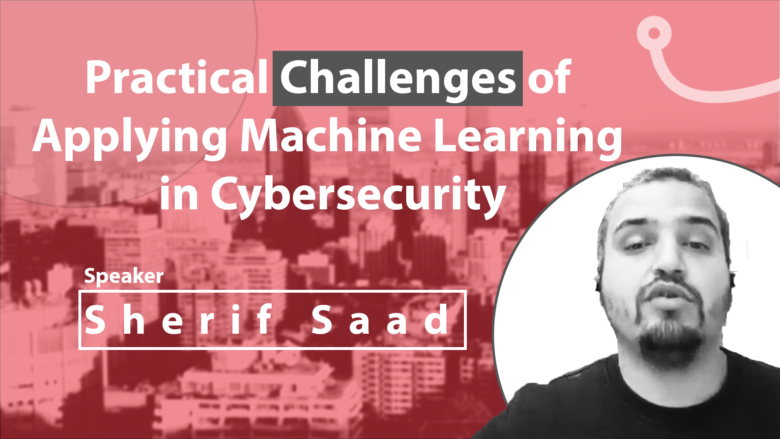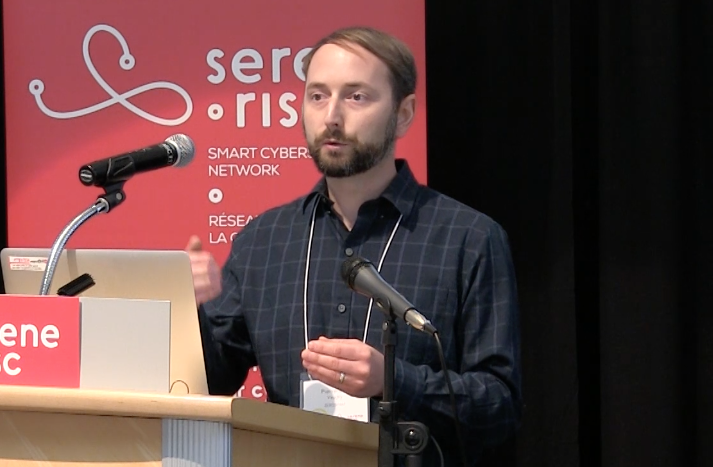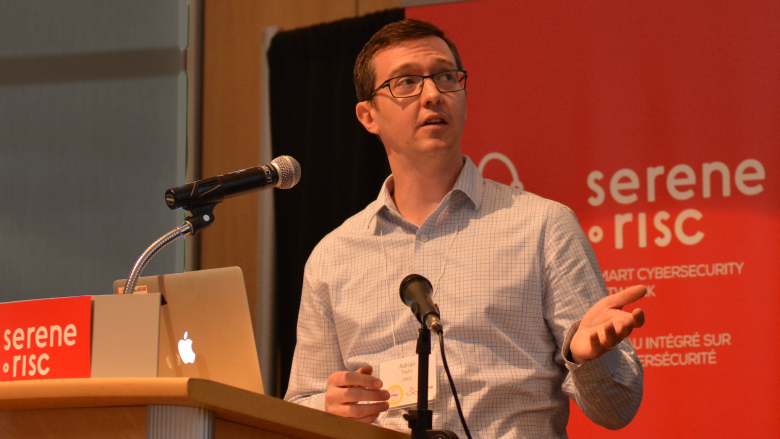Presented by Sherif Saad as a part of the 2020 Serene-risc Workshop on The State of Canadian Cybersecurity Conference: Human-Centric Cybersecurity. About the presentation Currently, Artificial Intelligence (AI) is transforming the world’s industries. It is expected that the next generation of cybersecurity products will incorporate Artificial Intelligence as a core security mechanism. However, compared to …
Probing the limits of anomaly detectors for automobiles with a cyber attack framework Adrian Taylor (Defence R&D Canada), Sylvain Leblanc (Royal Military College of Canada), and Nathalie Japkowicz (American University, USA) Modern vehicles are increasingly governed and controlled by a network of computers. Automobile security requires that these networks are secure. Detecting malicious traffic on …
People often make predictable passwords. They use common methods to create passwords such as common words, substituting characters or using patterns on the keyboard. Blase Ur from the University of Chicago and a team from Carnegie Mellon University developed and evaluated a password security meter that provides a more accurate rating of password strength and …
Presented at the SERENE-RISC Workshop, 2017 October Spam detection software can use both handcrafted rules and machine learning techniques. At ZEROSPAM we are aiming at reducing the need to create or edit rules manually to adapt to constantly evolving email-borne threats. At the same time, the performance of our machine learning tools could be improved …
Presented at the SERENE-RISC Workshop, 2017 October. Detecting anomalies on the automotive control bus with machine learning. Cars are vulnerable to hacking. While automotive cyber attacks are not yet a widespread threat, learning how to detect them will be an important part of future countermeasures. Attacks must be crafted for specific models, so attack detectors must …
Presented at the Spring 2016 SERENE-RISC Workshop. Assembly code analysis is one of the critical processes for mitigating the exponentially increasing threats from malicious software. It is also a common practice for detecting and justifying software plagiarism and software patent infringements when the source code is unavailable. However, it is a manually intensive and time-consuming …





